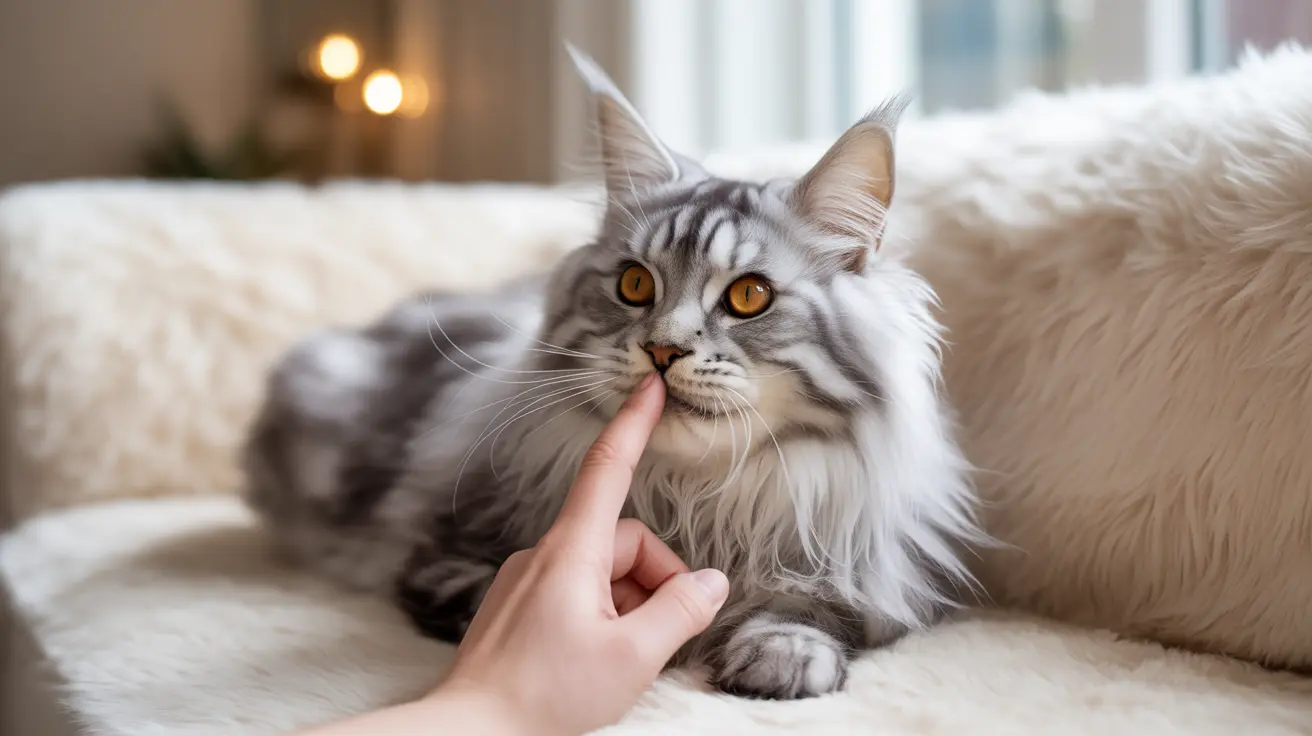What Is a Cat Boop and Why Do We Do It?
A cat boop is the gentle act of touching a cat's nose with your fingertip. This human behavior actually mimics natural feline social interactions, where cats touch noses as a friendly greeting and way to exchange scents. Many cat owners instinctively adopt this behavior as a way to connect with their pets.
For cats, nose-touching is part of their complex social communication system. When cats meet each other, they often start with a nose-to-nose greeting, which allows them to gather important social information through scent.
The Science Behind Cat Booping
Cat booping is closely related to bunting behavior - when cats rub their heads against objects or people. Both actions involve the facial scent glands, which release pheromones that help cats mark their territory and show affection.
Cats have an incredibly sensitive nose, with a sense of smell approximately 14 times stronger than humans. When you boop their nose, you're interacting with one of their most important sensory organs.
How Cats Respond to Booping
Every cat has their unique personality and preferences when it comes to physical interaction. Some cats actively seek out nose touches, while others may prefer different forms of affection. Your cat's response to booping often depends on several factors:
- Trust level with the person initiating the boop
- Individual personality and past experiences
- Current mood and environment
- Timing and approach of the boop
Building Trust Through Gentle Interaction
For cats who enjoy booping, this interaction can become a meaningful ritual that strengthens the human-cat bond. The key is to always let your cat set the pace and boundaries of the interaction.
A positive booping experience often starts with the cat approaching you first. When they show interest by sniffing your hand or moving closer, they're more likely to accept and enjoy a gentle boop.
Reading Your Cat's Body Language
Understanding your cat's body language is crucial for successful booping. Positive signs include:
- Leaning forward or lifting their head
- Purring and relaxed body posture
- Slow blinking while maintaining contact
- Returning for more interaction
Conversely, signs that your cat isn't interested include:
- Turning or pulling their head away
- Flattened ears or dilated pupils
- Tail twitching or lashing
- Growling or hissing
Frequently Asked Questions
How do I know if my cat enjoys being booped on the nose?
Watch for positive body language like purring, leaning in, or seeking more contact. If your cat returns for more interaction or initiates nose contact, they likely enjoy being booped.
What is the correct way to boop a cat without causing stress?
Always let your cat approach first, move slowly, and use gentle pressure. Start by offering your finger for them to sniff, and only proceed with a boop if they show interest and comfort.
Why do cats gently touch noses or "boop" each other?
Nose touching is a natural greeting behavior among cats. It allows them to exchange scents and gather social information about each other, serving as a polite introduction in cat society.
Can booping help strengthen the bond between me and my cat?
Yes, when done respectfully and welcomed by your cat, booping can become a positive ritual that reinforces trust and affection in your relationship.
What signs indicate my cat doesn't want to be booped?
If your cat turns away, flattens their ears, swats at your hand, or shows signs of stress like tail lashing or growling, they're communicating that they don't want to be booped.
Conclusion
Cat booping can be a wonderful way to bond with your feline friend, but success depends on understanding and respecting your cat's individual preferences. By paying attention to their body language and always letting them lead the interaction, you can create positive experiences that strengthen your relationship.






